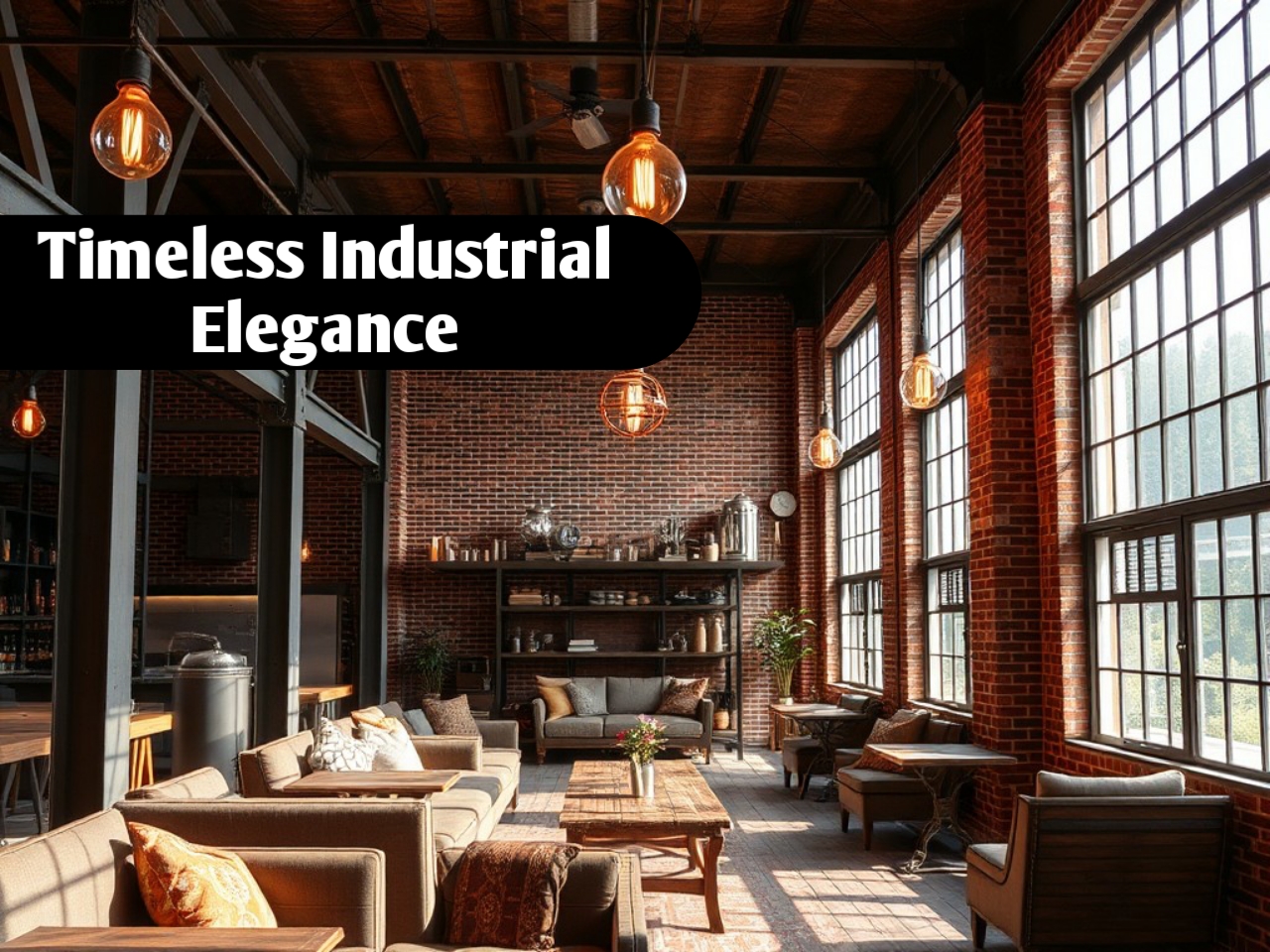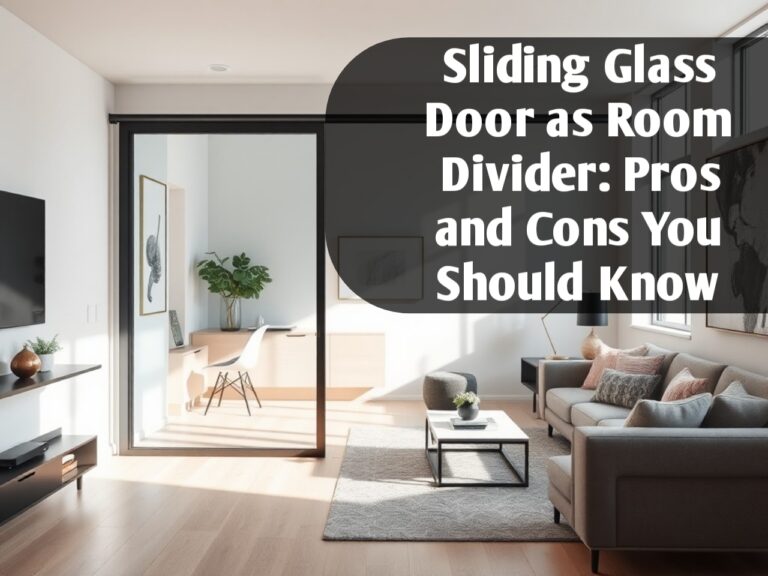Exploring The Edison Interior Drawings: A Glimpse Into Timeless Design
The Edison is an iconic name that resonates with history, industrial charm, and innovative design. Known for its unique blend of vintage aesthetics with modern functionality, The Edison has become a symbol of sophisticated yet raw interior design, drawing inspiration from the early industrial era. The Edison interior drawings play a pivotal role in shaping the brand’s distinct style. These drawings are not just blueprints; they are carefully crafted works of art that embody the essence of the Edison’s design philosophy. This article takes a comprehensive dive into The Edison interior drawings, examining their significance, influence, and timeless appeal.
The History Behind The Edison: A Foundation of Industrial Innovation
To fully appreciate The Edison interior drawings, it’s essential to understand the history that shaped the brand’s aesthetic. Named after the famous inventor Thomas Edison, the design of The Edison is rooted in the industrial revolution era of the late 19th and early 20th centuries. The Edison interior design concept draws heavily from this period when factories, machinery, and functional utility dictated the architectural styles of the time. Raw materials like steel, brick, and wood were common in construction, and function took precedence over form.
These elements are evident in The Edison’s design, where industrial lighting fixtures, exposed brick walls, and visible steel beams are central themes. The Edison interior drawings capture this historical influence, bringing the past into the present through a meticulous process of reimagining these elements to fit contemporary spaces. The Edison’s success lies in its ability to merge historical design features with modern comforts, a process that starts with the interior drawings.
The Role of Interior Drawings in the Design Process
Interior drawings are crucial in transforming design concepts into physical spaces. They serve as the foundation upon which architects, interior designers, and builders collaborate. For The Edison, these drawings are even more critical, as they reflect the unique industrial chic aesthetic that sets the brand apart from other design styles. These drawings provide a detailed visual guide for constructing spaces that are both functional and visually appealing.
The Edison interior drawings offer an in-depth blueprint for how to combine various materials, colors, and textures to create the desired ambiance. For instance, the balance of warm, earthy tones of exposed brick with the cold, metallic sheen of steel is a recurring theme in The Edison’s design. By meticulously planning the placement of each design element, The Edison interior drawings ensure that the final space not only looks stunning but also functions seamlessly for its intended use.
Key Features of The Edison Interior Drawings
One of the defining characteristics of The Edison interior drawings is their attention to detail. Each drawing incorporates a range of elements that work together to create the industrial yet elegant style for which The Edison is known. Here are some of the key features frequently found in these interior drawings:
- Exposed Brickwork and Steel Beams: These are iconic features that instantly evoke the industrial feel of The Edison’s design. The interior drawings meticulously plan how these elements are integrated into the space, ensuring that they enhance both the aesthetics and structure of the room.
- Vintage Lighting Fixtures: Lighting is a focal point in The Edison’s interiors. The drawings highlight how Edison-style filament bulbs are used in fixtures that combine form and function, such as steel chandeliers or wall sconces. These lighting elements are not just for illumination but serve as design statements.
- Open-Plan Spaces: The Edison interior drawings often reflect open, airy spaces, a nod to the large factory floors of the industrial era. These spaces are carefully designed to feel expansive without losing their cozy, inviting atmosphere.
- Raw Materials: Wood, metal, and brick are extensively used in The Edison’s design. The interior drawings carefully map out how these materials are used to create contrast and texture, balancing the rawness of industrial materials with the warmth and comfort of modern design.
The Edison Interior Drawings: A Blend of Form and Function
What makes The Edison interior drawings particularly compelling is the way they strike a balance between form and function. While the aesthetic appeal of the drawings is undeniable, their true value lies in how they translate into functional, livable spaces. The Edison design philosophy emphasizes that every element of the interior should serve a purpose while also contributing to the overall design.
For example, the use of large, industrial-style windows is not just a nod to factory design but also serves the practical purpose of allowing natural light to flood the space, creating a bright and welcoming environment. Similarly, the open-plan layout encourages flexibility in how the space is used, making it ideal for everything from social gatherings to quiet moments of solitude. The Edison interior drawings carefully plan each of these elements to ensure that the final space is both beautiful and functional.
How The Edison Interior Drawings Influence Modern Industrial Design
The Edison interior drawings have had a significant impact on the resurgence of industrial design in contemporary spaces. As more people gravitate toward designs that reflect authenticity, history, and craftsmanship, The Edison’s aesthetic has become a popular choice for everything from restaurants and bars to homes and offices.
The success of The Edison interior drawings lies in their ability to reinterpret industrial elements for modern use. The drawings blend historical references with modern trends, such as minimalism and sustainable design. For instance, while the use of raw materials like steel and wood is a nod to the industrial past, these materials are often sourced sustainably in modern interpretations. This fusion of old and new appeals to contemporary audiences who want spaces that feel both grounded in history and forward-looking.
The Evolution of The Edison Interior Drawings Over Time
Though The Edison’s design philosophy remains rooted in industrial aesthetics, the interior drawings have evolved over time to reflect changing design trends and technological advancements. In the early years, the focus was primarily on replicating the raw, utilitarian feel of early factories. Over time, however, The Edison interior drawings have incorporated more contemporary elements, such as smart lighting systems and energy-efficient materials, to meet the needs of modern living.
This evolution reflects a broader trend in interior design, where historical styles are being adapted to suit contemporary needs. The Edison interior drawings continue to evolve, but their core focus on craftsmanship, attention to detail, and a balance between form and function remains the same.
The Craftsmanship Behind The Edison Interior Drawings
Another noteworthy aspect of The Edison interior drawings is the craftsmanship that goes into creating them. Each drawing is meticulously crafted by skilled designers who understand both the historical significance of industrial design and the practical needs of modern spaces. These designers work closely with architects and builders to ensure that the drawings not only capture the essence of The Edison’s aesthetic but also provide clear and detailed instructions for bringing the design to life.
This level of craftsmanship is evident in the precision of the drawings, which often include detailed measurements, material specifications, and notes on lighting, furniture placement, and other critical elements. The goal is to ensure that every aspect of the design is executed to perfection, creating a cohesive and visually stunning space.
The Edison Interior Drawings in Residential and Commercial Spaces
The appeal of The Edison interior drawings extends beyond commercial spaces. While many associate The Edison’s industrial design with bars, restaurants, and offices, the aesthetic has also gained popularity in residential design. Homeowners are increasingly drawn to the raw, authentic feel of The Edison’s interiors, which offer a refreshing departure from more polished, contemporary styles.
The Edison interior drawings for residential spaces often include features such as exposed brick walls, vintage lighting fixtures, and reclaimed wood furniture. These elements create a warm, inviting atmosphere while maintaining the industrial edge that defines The Edison’s style. The drawings provide homeowners with a clear roadmap for creating spaces that feel both modern and timeless.
Conclusion: The Enduring Appeal of The Edison Interior Drawings
In conclusion, The Edison interior drawings are more than just blueprints for constructing spaces; they are a reflection of a design philosophy that values history, craftsmanship, and functionality. From their roots in industrial design to their modern interpretations, these drawings offer a unique glimpse into how timeless design can be reimagined for contemporary spaces.
As the demand for authentic, industrial-inspired interiors continues to grow, The Edison interior drawings will undoubtedly remain a source of inspiration for designers and homeowners alike. Their ability to blend the old with the new, form with function, and aesthetic beauty with practicality ensures that The Edison’s design legacy will endure for years to come.
Read Also Our This Post: Fran Candelera: Redefining Art Through Technology



